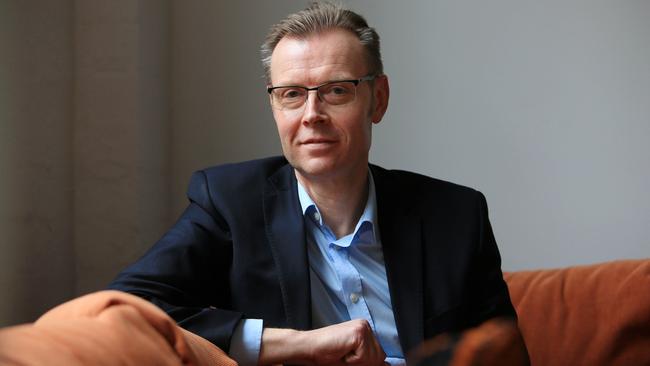Number of students repaying HECS debts doubles to 1 million
For the first time since HECS student loans started in the late 1980s, more than 1 million people are now making repayments.

For the first time since HECS student loans started in the late 1980s, more than 1 million people are now repaying a higher education debt for tertiary study.
The latest annual taxation statistics from the Australian Taxation Office show that 1,032,737 people were repaying student debt to the commonwealth in 2019-20, 23 per cent more than the previous year.
Overall, the number of people making HECS repayments in 2019-20 was nearly double the number making repayments four years earlier, in 2015-16.
While the student-debt scheme is popularly known as HECS, its correct name is the higher education loan program (HELP) and it includes student loans for full fee-paying students as well as those with commonwealth-subsidised university places. Australian National Uni-versity higher education research Andrew Norton said the sharp increase was partly due to the rise in student numbers from the demand-driven funding system (which ended in 2018) that had no restriction on the number of students accessing HECS-HELP loans.
Professor Norton said there were other factors contributing to the increase in the number of repayers, including the subdued real-wage growth in the 2010s that slowed down the rate of repayment of debt because it was tied to income levels.
Another factor is the introduction of lower-income thresholds for repayment of student loans, which were lowered in 2018-19 and then again in 2019-20.
While the number of people repaying student debt has increased sharply, the amount repaid rose by only 8 per cent to $3.6bn in the year to 2019-20.
The tax data also showed that 13,125 Australians resident overseas repaid $68.5m in 2019-20.
Overseas residents have only been required to make student-debt repayments since 2016-17 and it is difficult for the government to enforce overseas repayments until the debtor returns to Australia.




To join the conversation, please log in. Don't have an account? Register
Join the conversation, you are commenting as Logout